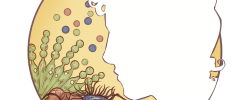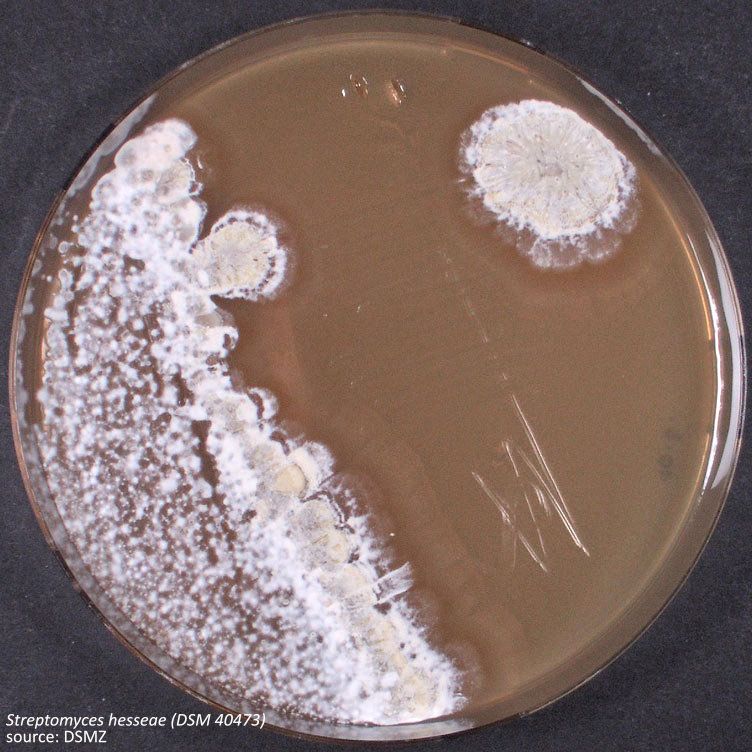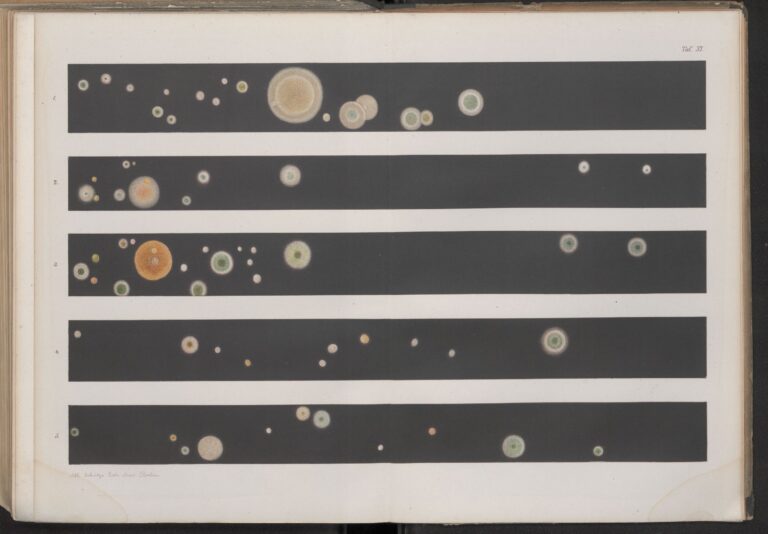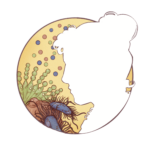An invisible force. A transparent substance. A forgotten woman.
The untold story of Fanny Angelina Hesse (1850-1934), who introduced agar to the lab

👇🏾 🙏 🤩 Our supporters 🧫 🦠 🧪

Did you know that a dessert changed your life?
We are telling this story with a graphic novel!
This is the story of how Fanny Angelina Hesse (1850-1934) had the brilliant idea to use agar to grow microbes. Agar is a common dessert in Indonesia and is used in countless research laboratories around the world.
Thanks to agar (and to Fanny Angelina Hesse!) we have antibiotics, vaccines, and many more drugs which saved countless lives. Sadly, not many people know this story—not even those who work with agar daily (see poll below 
…that’s why we decided to tell the story of Fanny Angelina Hesse with a graphic novel!
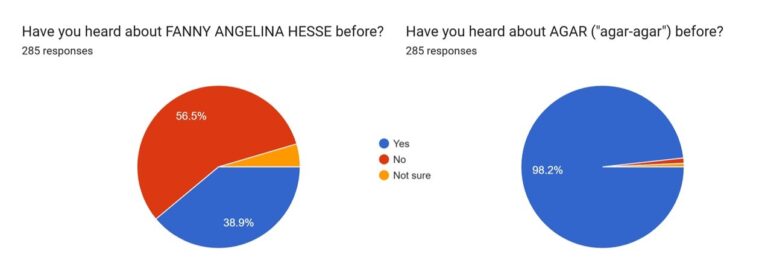
What’s truly unique about our project? The story is based on unpublished historical material received from the great-grandchildren of Fanny Angelina Hesse. Some of this material we have deposited at the Museum of the Robert Koch Institute in Berlin.
We will also have some pages created with “agar art”, a technique using agar as canvas and microbes as paint. That is, microbes will help us “draw” the comic! This has never been done in a graphic novel before! See the gallery below 
If you look closely, you’ll be able to see the colonies (dots) of bacteria and yeast forming the paintings!
News
- Il Corriere del Ticino (Swiss-Italy biggest newspaper) wrote about our story. Grazie! (April 2025)
- We now have an editor–Claire Napier! Thanks for your support, Claire! (March 2025)
- The Science History Institute published a biography of Fanny Angelina Hesse (March 2025)
- Researchers named a new species of bacterium after Fanny Angelina Hesse, Streptomyces hesseae. We have been an inspiration! (December 2024)
- Read an article (in German) by the student newpaper Ruprecht (November 2024)
- We made it into the newsletter of the prestigious Pasteur Institute (September 2024)
- Several Instragrammers posted about us: Museo der Hongo (August 2024) and Nina Draws Scientists (July 2024) and more!
- To fund this project we ran a succesful Kickstarter campaign in July 2024
- BBC Mundo (Spanish BBC) talked about us! (July 2024)
- Listen to a podcast (in German) by Behind Science: Fanny Hesse – Bakterien mögen Wackelpudding (July 2024)
- Small Things Considered covered our story (July 2024)
- The FEBS Network covered our story (July 2024)
- Read an interview with Corrado Nai, project lead, for GenoWrite (July 2024)
- International coverage (in Spanish) by the Spanish Society for Microbiology and the University of Chile (July 2024)
- Here’s a Spanish article by Revista Ecociencias (July 2024)
- Corrado Nai wrote an history feature about Fanny Angelina Hesse for Smithsonian Magazine (June 2024)
- The UK’s Microbiology Society published a blog about this project (June 2024)
- Read a deep dive about agar’s importance (nerd alert) on The Microbiologist by the Applied Microbiology International (June 2024)
- In 2024, the Dutch Society for Microbiology (KNVM) created a “Fanny Hesse Award” to honour the best bachelor thesis of the year

Meet the Creators
We are a diverse team of scientists and artists living on three continents. Meet the team by hovering on the pics and reading our bios.
Corrado Nai
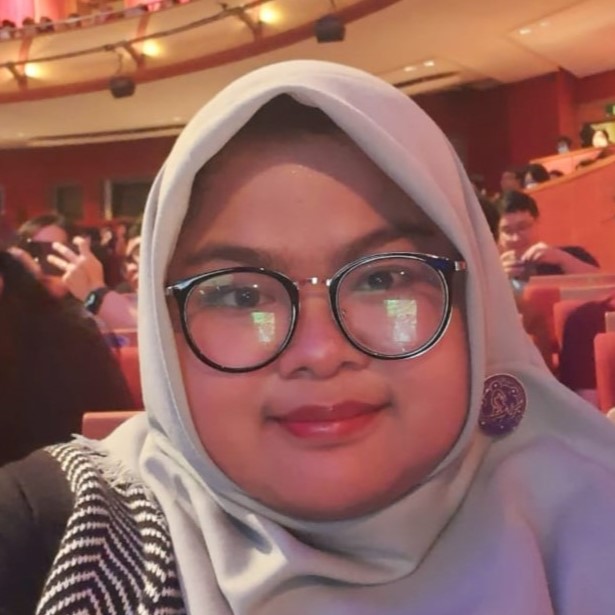
Neelam Ayuningrum
Matteo Farinella
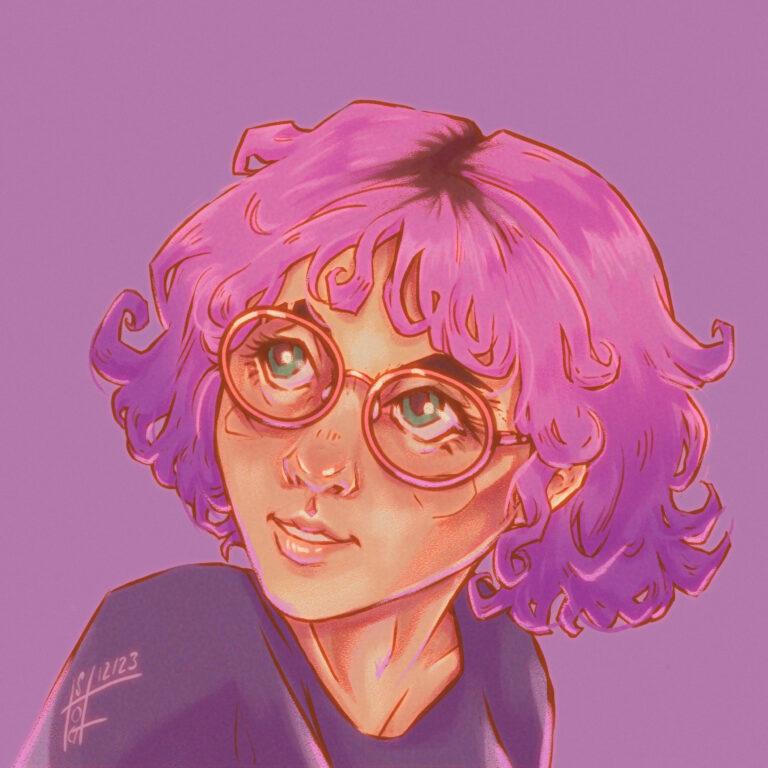
Stephanie Herzog

Jens Notroff
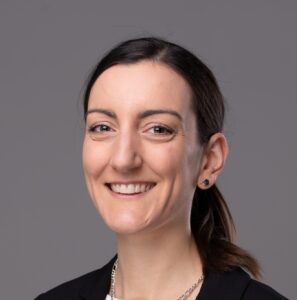
Elisa Granato
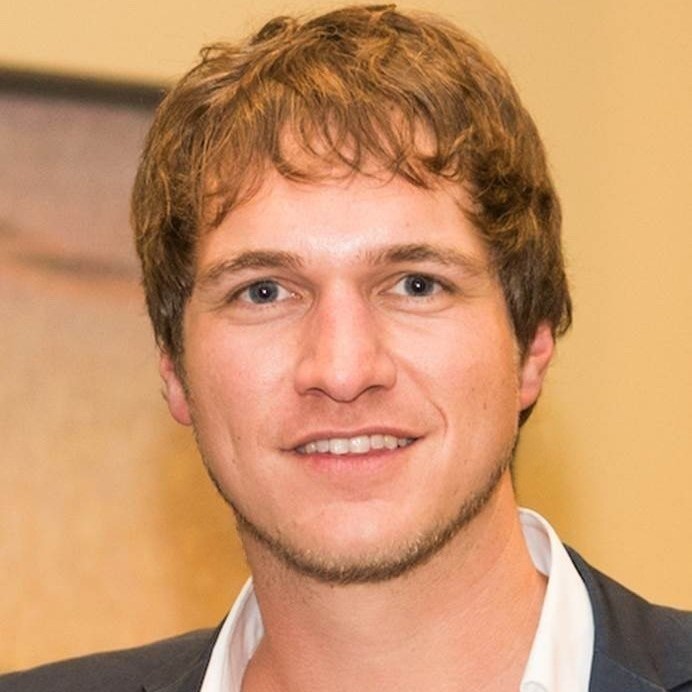
Benjamin Kuntz
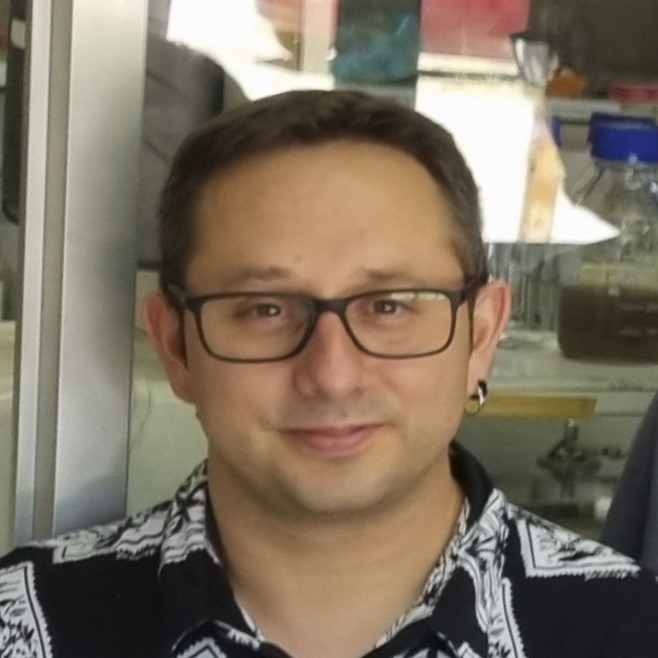
Andrés Marcoleta
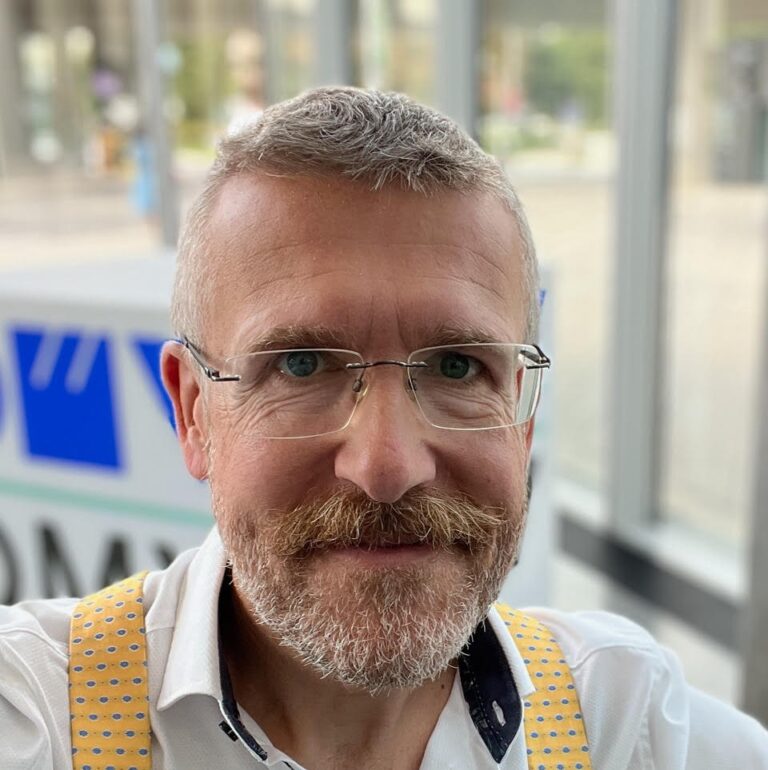
Michael Sauer
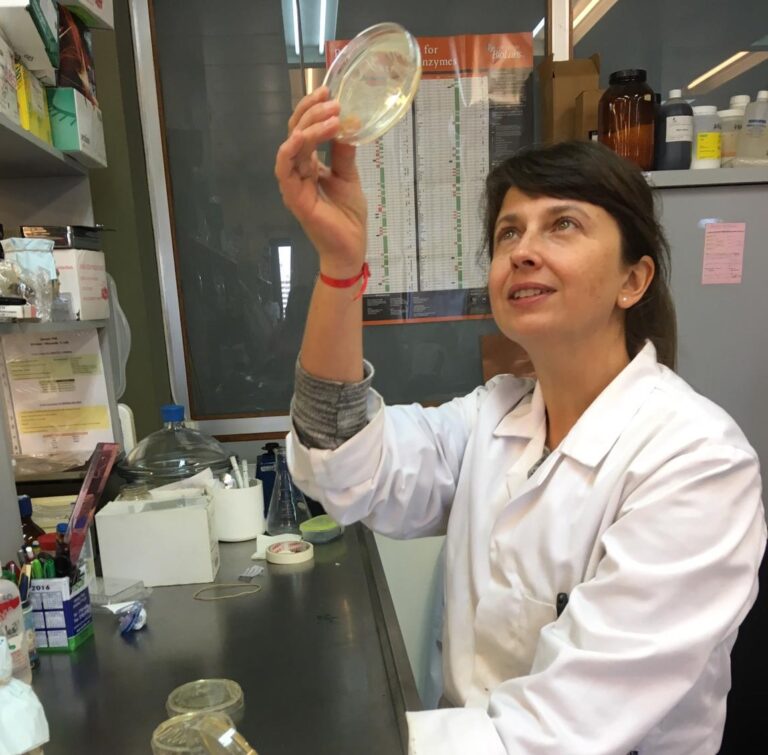
Paola Scavone
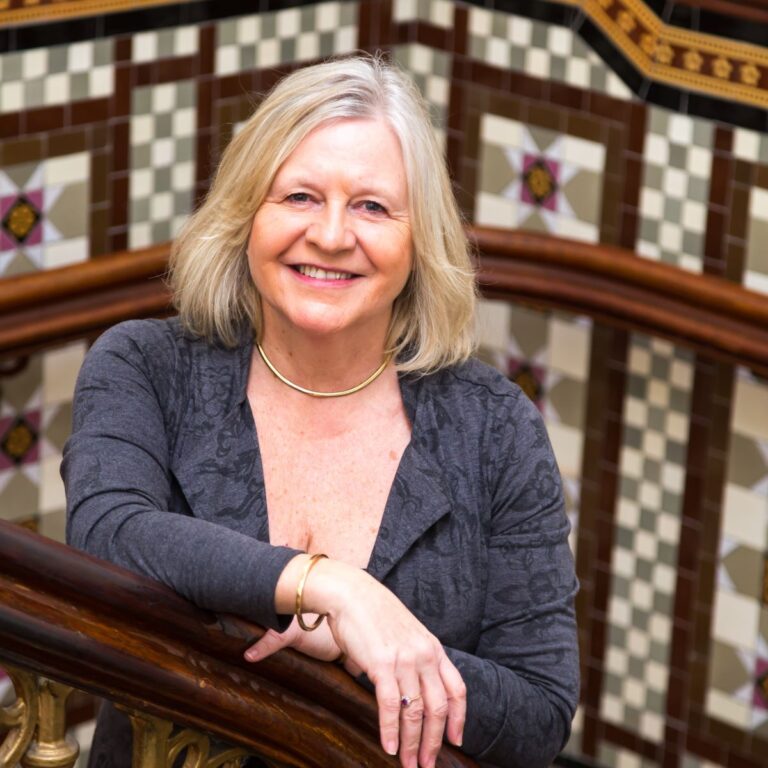
Joanna Verran
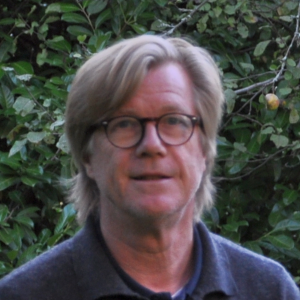
Frank Pieter Hesse
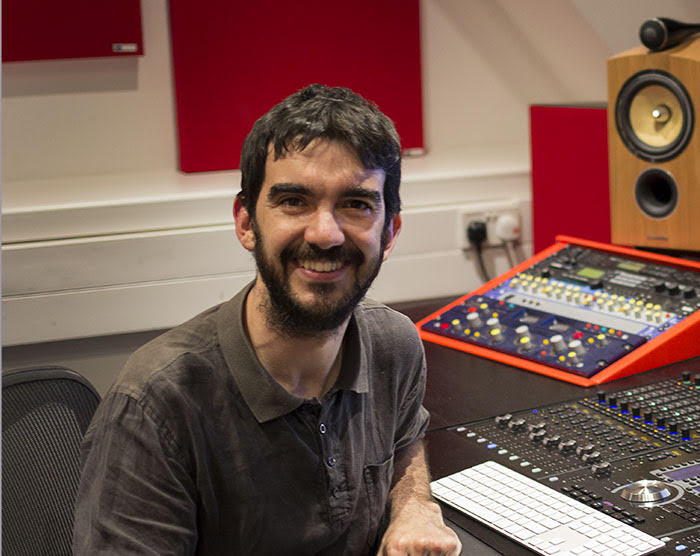
Carlos Bricio
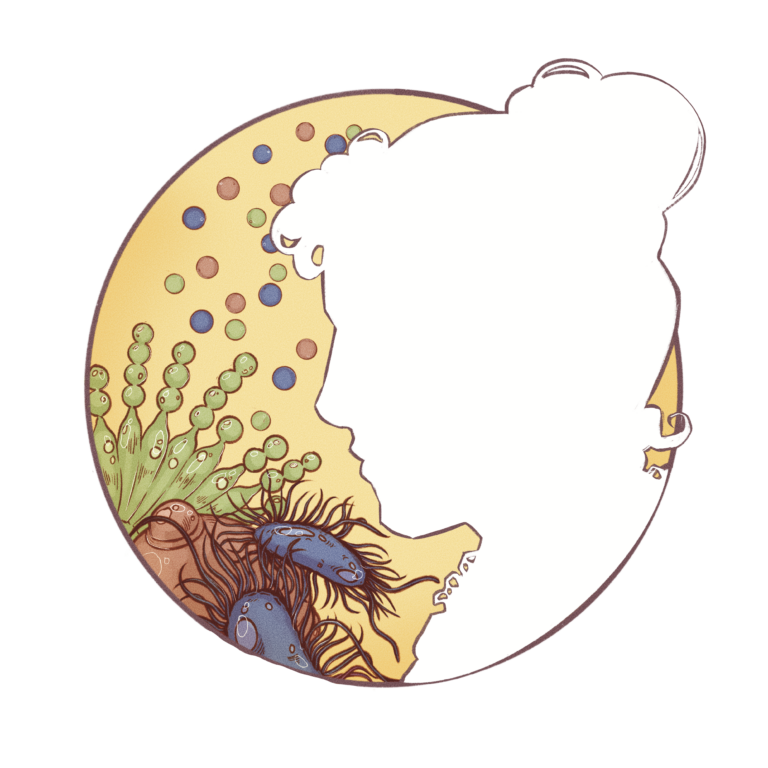
Fanny Angelina Hesse

You?

Do you want to support us? You could…
…leave your email if you want to receive news from us from time to time (we won’t spam, promised)
…support us financially and become a patron. We we will print your logo on the graphic novel!
…reach out for any question or comment (corrado.nai “at” gmail.com)
…fill in this VERY SHORT survey. It will help us understand our audience!
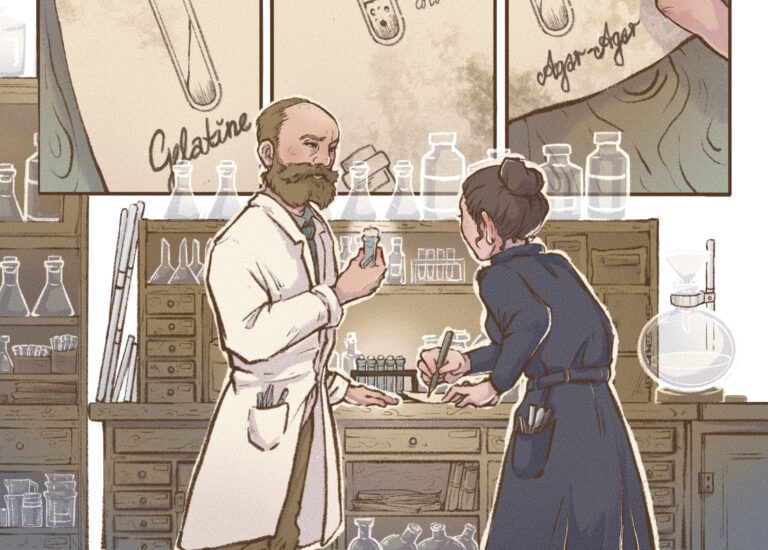
Who was Fanny Angelina Hesse?
Fanny Angelina Hesse (1850-1934) was born Eilshemius in New York and married German physician and bacteriologist Walther Hesse (1846-1911), who in 1880-81 worked as a student of Robert Koch in Berlin.
Koch and others grew microbes with gelatine but had a hard time, as gelatine melts easily and is digested by microbes. Fanny Angelina, who supported the husband Walther in his work, suggested to use agar.
What is often omitted from the story, is that Fanny Angelina Hesse was a skilled scientific illustrator (see below 
As of early 2025, there are just a few primary sources about her: an article crediting her idea to introduced agar to the lab (published in 1939); one short scientific biography by the grandson Wolfgang Hesse (published in 1992).
There’s also an obituary from 1935, and a few textbooks mention her (as “Frau Hesse”) as the person who introduced agar to the lab. But that’s pretty much it…
…UNTIL NOW! From the great-granchildren of Fanny Angelina Hesse we have received a full, unpublished biography written by the grandson Wolfgang. This will be a major source for the graphic novel, which will present new details about her life and tell her story to a broad audience.
In June 2024, Corrado Nai wrote a history feature for Smithsonian Magazine presenting this newly resurfaced historical material.
Others before this project have written about Fanny Angelina Hesse. Among them are Asian Scientist | FEMSmicroBlog | Hispanagar | Joyful Microbes | Microbe Notes | Microbes & Us Podcast | The Microbial Menagerie | Mikrobenzirkus | Mujeres con ciencia | Popular Science and more.
Idea, concept, and coordination by Corrado Nai, science writer
Illustrations by Eliza Wolfson and Stephanie Herzog and Fanny Angelina Hesse
Website created by Sarah Wettstadt at MicroComms
We don’t assume responsibility nor ownership of third-party content!
